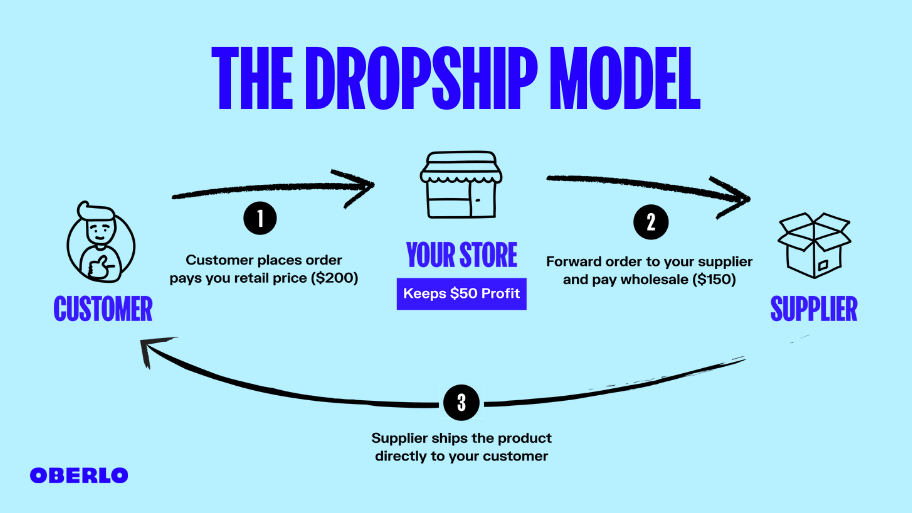E-commerce and dropshipping
E-commerce and dropshipping are two interconnected concepts that have transformed the way businesses operate and sell products online. Let's explore each of them in detail:
E-commerce:
E-commerce, short for electronic commerce, refers to the buying and selling of goods and services over the internet. It encompasses a wide range of online transactions, including retail sales, digital products, subscriptions, and more. E-commerce has revolutionized the retail industry by providing convenience, accessibility, and global reach. Here are key components and examples of e-commerce:
1. Online Stores: Businesses set up their digital storefronts, showcasing products and providing a seamless shopping experience. Examples include Amazon, eBay, Shopify, and Etsy.
2. Digital Products: Sellers offer intangible products like e-books, online courses, software, music, or digital artwork, which customers can download or access online.
3. Subscription-based Models: Businesses provide access to exclusive content, services, or products through recurring payments. Examples include streaming platforms like Netflix, subscription boxes like Birchbox, or software-as-a-service (SaaS) companies.
4. Peer-to-Peer Marketplaces: Platforms facilitate transactions between individuals or businesses, connecting buyers and sellers directly. Examples include Airbnb, Uber, or Etsy.
Dropshipping:
Dropshipping is an e-commerce fulfillment model where the seller doesn't hold inventory. Instead, when a customer places an order, the seller purchases the products from a third-party supplier who then ships them directly to the customer. Dropshipping eliminates the need for inventory management and upfront costs. Here are key components and examples of dropshipping:
1. Supplier Relationships: Dropshippers establish partnerships with suppliers, who handle inventory, packaging, and shipping. Popular platforms like AliExpress or Oberlo connect drop shippers with a wide range of suppliers.
2. Product Selection: Dropshippers curate products from various suppliers and add them to their online store. They set their prices, which include their profit margin.
3. Order Management: When a customer places an order, the drop shipper forwards the details to the supplier, who fulfills and ships the product directly to the customer.
4. Scalability and Flexibility: Dropshipping allows entrepreneurs to start an e-commerce business with minimal investment and scale it quickly. They can experiment with different products and niches without the burden of inventory management.
Examples of successful e-commerce businesses that utilize dropshipping include niche stores selling apparel, accessories, home goods, or electronics. Entrepreneurs create their brands, market their products, and focus on customer acquisition and relationship building while relying on suppliers for order fulfillment.
Both e-commerce and dropshipping offer immense opportunities for entrepreneurs, allowing them to reach a global audience, operate with flexibility, and generate revenue without the constraints of traditional retail models. However, it's important to conduct market research, identify profitable niches, and establish strong supplier relationships to ensure success in this competitive landscape.

This comment has been removed by the author.
ReplyDelete